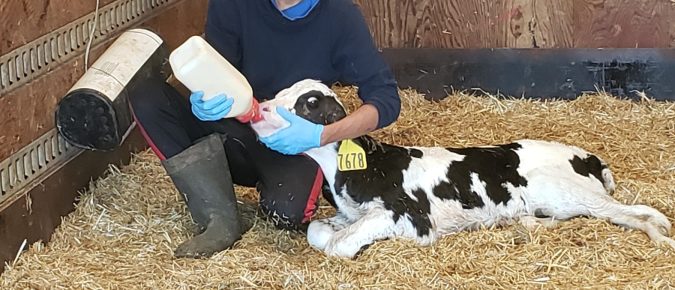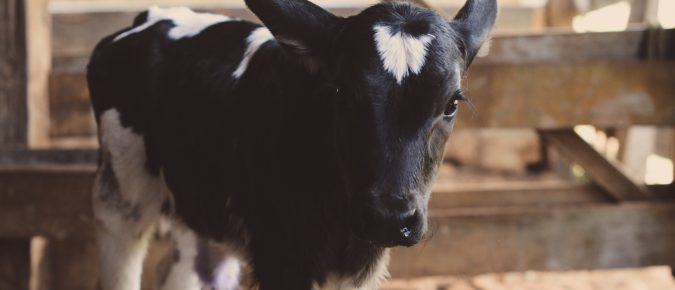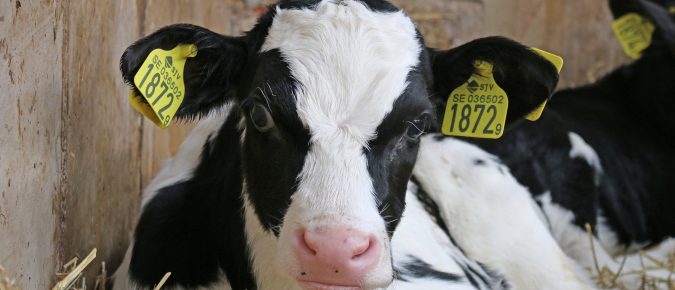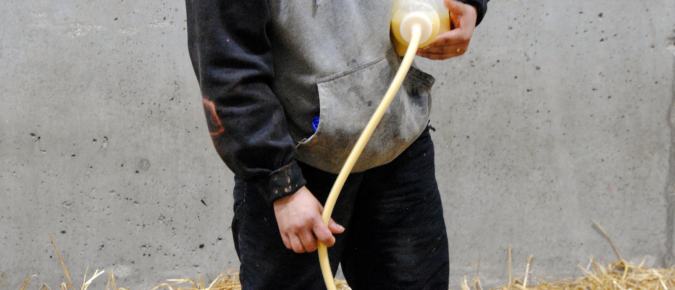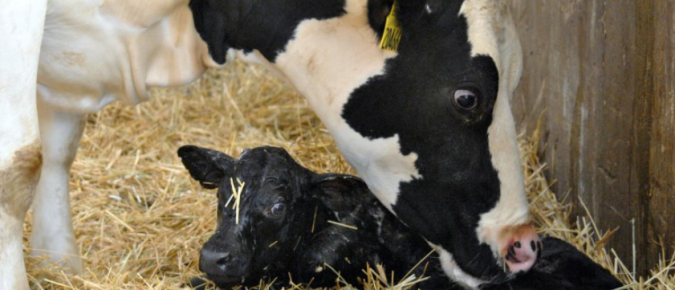Dairy producers should consider feeding a smaller volume of colostrum to newborn calves. Delivering the correct mass of immunoglobulin in a smaller volume ensures the successful transfer of passive immunity (TPI) is preferable to current colostrum feeding guidelines.
Bovine colostrum is the production of “first milk” from the mammary gland in the 24 hours after calving and it is the first source of nutrients for the calf. All female mammals produce it, and, in all species, it is of great importance, since it provides key antibodies, or immunoglobulins, to jump-start the immune system and determine whether the offspring survive or not.
The stomach of ruminants is made up of four compartments: the rumen, reticulum, omasum, and abomasum. Each compartment has a very specific characteristic and function to help the digestion and absorption of essential nutrients to the animal.
The importance of colostrum is no secret to dairy and livestock producers. Unlike many other species, the placenta of cattle prevents the transfer of antibodies from the dam to the calf in the uterus. Instead, calves must rely on colostrum, the cow’s first milk, to pass antibodies from dam to calf.
A sound colostrum management program should be the cornerstone to every farm’s calf management program. Calves are born with a naive immune system, one that does not have enough circulating antibodies to help fight disease. Because of this they are highly susceptible to disease for the first few weeks of life.
Colostrum management is the single most important factor in determining calf health and survival. Successful colostrum management requires farmers and managers to provide newborn calves with a sufficient amount of clean, high-quality colostrum within the first few hours of life.
Feeding high-quality colostrum to the calf as soon as possible after birth is the most important thing you can do for calf health. It is especially important for dairy and beef x dairy calves destined to leave the farm at a young age to receive colostrum.


